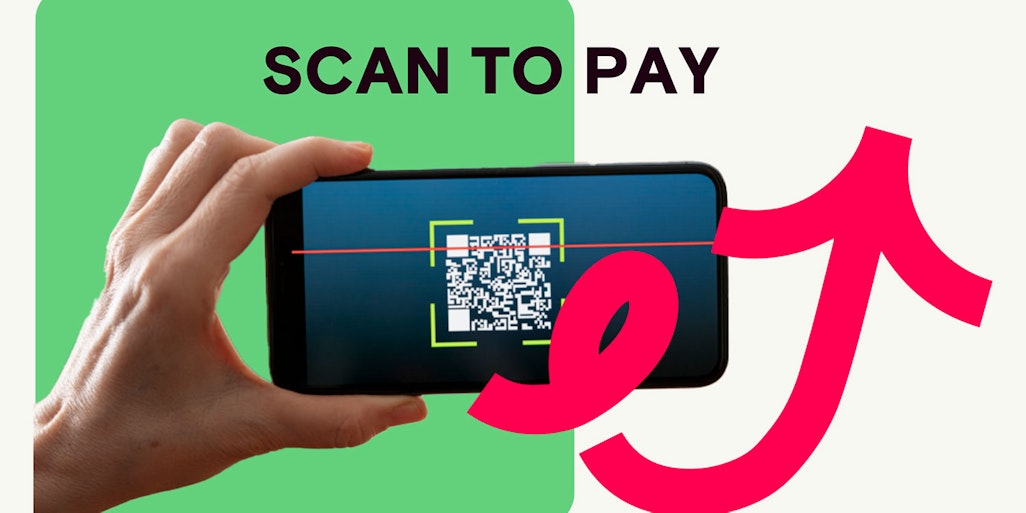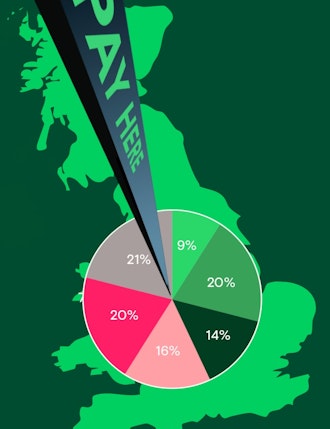In a perfect payments world, acquirers and ISOs would offer merchants a wealth of payment-based digital services to enhance the checkout experience. Currently, they typically rely on limited card-acceptance terminals tightly bundled with outdated payment applications. It’s time to move toward that perfect world with a vendor-agnostic platform.
Present limitations of legacy systems
Legacy systems tie traditional acquirers and ISOs to a limiting set of solutions and vendors. This means they risk being outrun by agile software developers, Value Added Resellers, and venture-backed insurgents. All of these are eager to market their wares directly to merchants. Success in the fast-evolving payments sphere now requires a vendor-agnostic approach. Small and midsize (SMB) merchants need payment solutions that enable them to grow their businesses in the face of new economic challenges. They must also compete with ecommerce channels and meet consumers’ rapidly changing digital expectations. ISOs and acquirers must be able to meet those needs whilst becoming more agile themselves.
Traditionally, adding payment solutions to a portfolio required investment in technology and skillsets, along with managing incompatible hardware and software. Thus, many providers relied on one or two hardware vendors and trusted they could quickly adapt to changing market conditions and handle payment certification requirements. However, as hardware suppliers dwindled in number, market leaders tended to maximize profit and restrain investment in innovation. As the market stagnated and merchants became increasingly dissatisfied, new competitors entered. They are unburdened by legacy investments and have entered the market with innovative solutions.
Why is a vender-agnostic approach better?
A vendor-agnostic platform is the key to competing with those innovative solutions and achieving that perfect world. It can simplify payments infrastructure and empower merchant payment solution providers to readily expand their portfolios and deliver new digital services to respond to changing consumer requirements. However, these providers cannot simply shut off older systems and snap in new systems overnight—they need the ability to continue operations of older systems side-by-side with new smartPOS systems with one unified estate management solution.
Benefits for acquirers, ISOs and merchants
This new world of vendor-agnostic merchant payment solutions represents a win-win for all involved. ISOs and acquirers can cost-effectively deploy and manage a richer array of merchant payment solutions. In this step toward a more ideal world, acquirers can adopt similar user interfaces across classic and smart POS devices, simplifying support and training. They can also make it easier for merchants to integrate smart POS devices alongside classic terminals, so they can roll out new capabilities without swapping out card acceptance devices.
Additionally, acquirers and ISOs can reduce their reliance on one or two hardware vendors. If a vendor goes bust, or does not invest in innovation, the acquirer can swap in a new vendor to ensure continued viability. With the right vendor-agnostic platform, service providers will be faster to market with pre-certified devices. Merchants can access payment solutions that enable them to roll out new consumer digital services, more readily adapt to changing market circumstances, and become more efficient.
Benefits for software developers
Vendor-agnostic management platforms will also be a welcome relief for software developers, who today must support separate development efforts for different hardware brands to access a broader market. Smart POS devices accommodate a variety of apps, with fewer restrictions than classic terminals. Developers will be able to write device-specific applications, freeing programmers to leverage their core competencies and quicken new product creation.
Participating in a hardware-agnostic, open ecosystem, developers will forge alliances with others and collaborate to create larger business solution. Payment-focused developers will be able to align with developers focused on back-office business management applications, ecommerce specialists, loyalty specialists, etc.
In summary
By adopting a vendor-agnostic platform, merchant payment solutions providers can transform their own businesses. They no longer have to bind their futures to one or two hardware vendors. Instead, they can create a more agile business model that allows them to leverage their market-specific knowledge to create more flexible, adaptive solutions for their customers.
Aevi’s platform provides the ability to support classic terminals and smartPOS systems side-by-side. This means that merchant payment solution providers will be able to add and subtract devices as their needs and those of merchants change. Not only will they be able to deliver new digital services, but they will free up resources to focus more time and attention on helping their merchants operate their businesses profitably.
Follow us on LinkedIn for more industry news.
Interested in reading more around this subject? Here are some useful articles…













